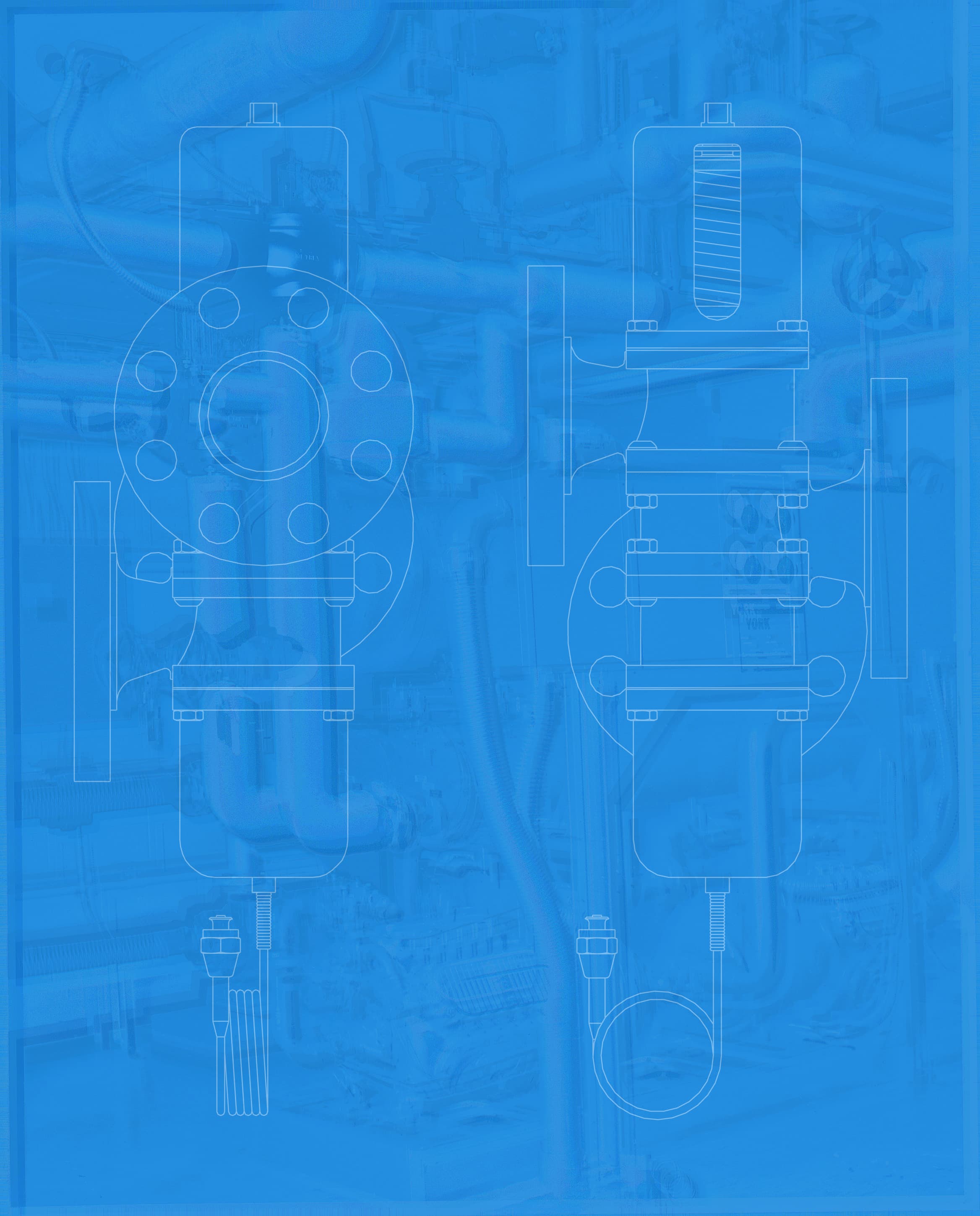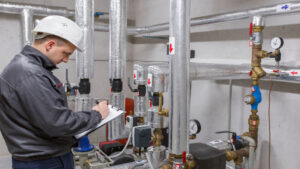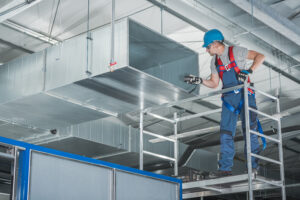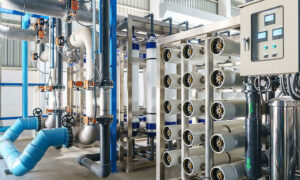Anyone who has been in the position of maintaining or replacing an HVAC system within the last few decades can’t help but be aware of the ongoing changes that affect what kinds of refrigerants can be used. This started with the phase-out of R-22 (commonly known as Freon) beginning in the early 1990s, and now it is continuing with the phase-out of R-22’s replacement, R-410A. Here’s why finding a replacement for these refrigerants has been a priority, and what we can expect from R-454B, the new refrigerant set to replace R-410A in commercial HVAC systems.
Why R-22 and R-410A Were Phased Out
In the 1980s, scientists discovered a large hole in the protective ozone layer in the Earth’s atmosphere, caused by chlorofluorocarbons (CFCs), which were originally developed as refrigerants but also used at the time as propellants in aerosol cans and in other applications. R-22, a hydrochlorofluorocarbon (HCFC), had been the standard for commercial and residential HVAC systems because it was considered safe and cost-effective, but it was added to the 1987 Montreal Protocol list of substances to be phased out of production due to its harmful effect on the ozone. Given the long service life of most HVAC systems, however, that meant systems using R-22 only went out of production in 2010, and R-22 was no longer produced or imported as of 2020.
The widely used alternative to R-22, R410A, was created in the early 1990s, with trade names such as Puron and Suva 410A. It is a hydrofluorocarbon (HFC), which does not contain chlorine and thus does not deplete the ozone layer, and is also more efficient at absorbing and releasing heat than its predecessor. This refrigerant was not a straight replacement for R-22, however, because it operates at higher pressures and therefore required different equipment designed to work with it, including valves. Unfortunately, its lack of impact on ozone does not make R-410A environmentally friendly. With a Global Warming Potential (GWP) estimated to be around 2000, the gas traps substantially more heat than carbon dioxide when it is released in the atmosphere. The American Innovation and Manufacturing (AIM) Act of 2020 directed the Environmental Protection Agency (EPA) to reduce the production and consumption of HFCs, leading to the phase-out of R-410A beginning with restrictions on installing new systems using the refrigerant as of January 1, 2025.
What’s Next?
The leading contender to replace R-410A is R454B, a mildly flammable hydrofluoroolefin (HFO)-based refrigerant which is non-ozone-depleting and has a GWP around 75% lower than that of R-410A. Like R-410A, it operates at much higher pressures than R-22, but it has different characteristics such as slightly lower evaporator and condenser pressures than R-410A. Similar to the transition from R-22 to R-410A, this switch in the industry will mean that consumers can’t simply swap the new refrigerant into existing systems—new installations will require updated equipment designed specifically to use R-454B.
In anticipation of this change, Metrex will be evaluating its existing products and testing them to ensure that we are prepared to provide the high-quality valve solutions our customers expect for their new systems. This examination will include assessing the design, materials, and settings to ensure the valves function optimally within the parameters required, creating new products as necessary to work with R-454B. In addition, we know that a switch in industry standards does not mean that those with existing R-410A systems will be changing overnight. (In fact, the phasedown schedule in the AIM Act extends into 2037.) We will continue to provide the valves you need to keep your existing systems running throughout their operational lifespan.
U.S.-Made Reliability
For over 60 years, Metrex Valve has been designing and manufacturing a wide range of valves in Southern California. Throughout that time, we’ve been providing the same “set-and-forget” reliability for your applications, adapting as standards and regulations change. If you have questions about what new HVAC refrigerant standards mean for your commercial HVAC, contact us here to learn more.








